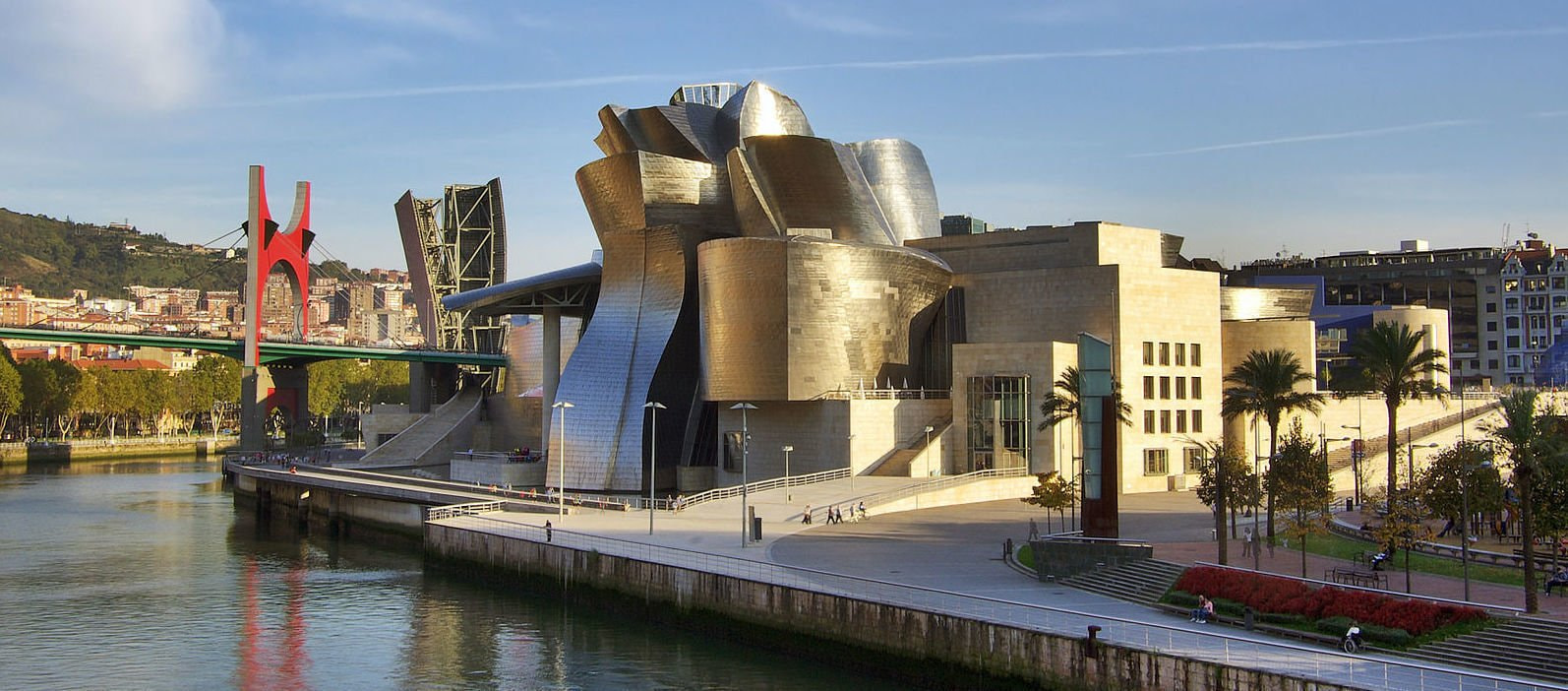Lecture series by Anna Bronovitskaya. Architects of the Turn of the Millennium
Architectural historian Anna Bronovitskaya’s new lecture series will focus on architects whose careers culminated in the late twentieth, early twenty-first centuries. Each lecture centers around the creative path of the cycle’s protagonists as well as their most significant projects.
Frank Gehry (b. 1929, Toronto) is best known as the author of complex curvilinear buildings, created using specially developed software. His select projects include the Guggenheim Museum Bilbao, the Walt Disney Concert Hall in Los Angeles, the Louis Vuitton Foundation in Paris, etc. He is the 1989 Pritzker Prize recipient. The lecture will expose Gehry's working method and analyze the experimentations that boosted the architect’ creative boom late in his career.
Born into a family of hereditary masons, Renzo Piano (b. 1937, Genoa) began exploring the design possibilities of other materials in his practice, finding unusual applications for metal and plastics. Having gained recognition for the Centre Pompidou building in Paris, designed in collaboration with Richard Rogers, Piano remains one of the most sought-after architects of museum spaces. His recent projects include the GES-2 House of Culture in Moscow.
The architectural firm of Norman Foster (b. 1935, Manchester), Foster + Partners, which currently employs 1,400 people, is often called a project factory, even though the factory’s products are always one-of-a-kind. Foster's high-tech buildings are erected on four continents frequently becoming international architectural highlights. In Russia, after Foster’s Project Orange and Crystal Island were abandoned in Moscow, the construction of the Russian Copper Company headquarters designed by the bureau was completed in Yekaterinburg in 2020.
Rem Koolhaas (b. 1944, Rotterdam) is a journalist-turned-architect, equally renowned for his theoretical papers and original building designs. His unorthodox approach to heritage preservation, which Koolhaas presented at the 2010 Venice Architecture Biennale, was embodied, among other projects, in the reconstruction of the modernist building of the Four Seasons restaurant in Gorky Park, which turned into Garage Museum of Contemporary Art’s main exhibition venue.
Representing the expressionist direction in contemporary architecture, Daniel Libeskind (b. 1946, Łódź) creates emotionally charged spaces that form a sequence endowed with its own unique narrative. This approach is most strikingly evident in the Jewish Museum in Berlin. Muscovites, meanwhile, had an opportunity to experience Libeskind’s method at the New Tretyakov Gallery in summer 2021—when visiting the show Dreams of Freedom. Romanticism in Russia and Germany, the space of which was designed by Libeskind.
Anna Bronovitskaya is an architectural historian, director of research at Moscow’s Institute of Modernism. Author of multiple publications on twentieth-century architecture.
